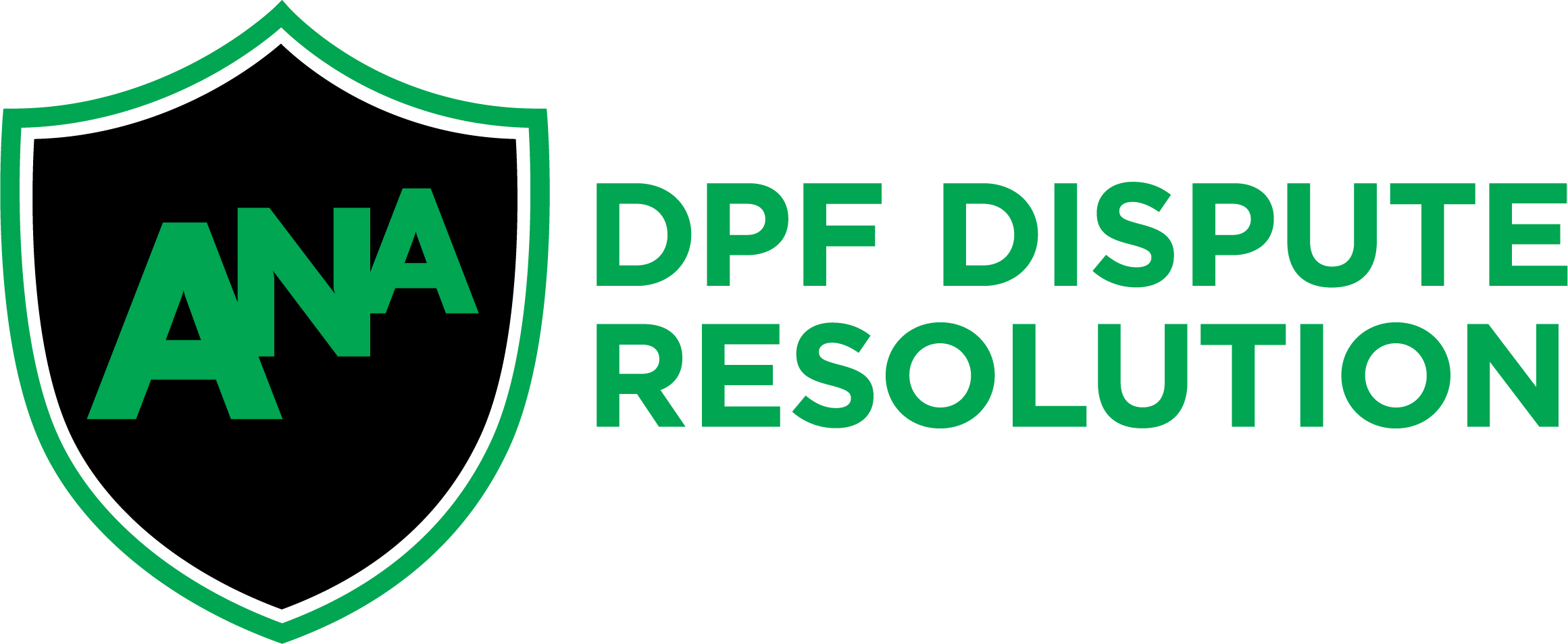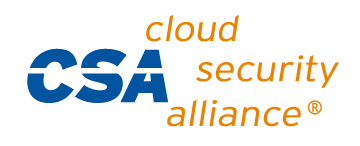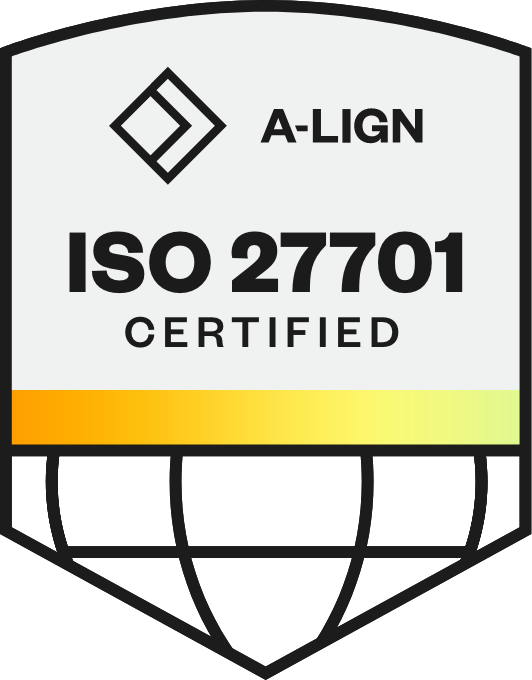
How AGCO Built a Business Case To Cultivate Skills Transformation
It might be tempting to think of AGCO Corporation as “just” a farm equipment manufacturer. After all, the company’s agricultural machinery brands include the Massey Ferguson line of tractors as well as harvesting and hay equipment.
But AGCO is so much more than a farming company. It’s actually a tech-heavy organization, said Lori Goldberg, Vice President of Global Talent at the Georgia-based company, at an IAMPHENOM session. “Innovation is a big moment and pillar for us,” she said. “It's all tech.”

In 2023, the company invested almost 4% of net sales back into R&D, a strategic decision that reflects a commitment to future growth, competitive advantage and innovation.
Fitting, because farmers in 2025 are relying more on technology to understand what's in the soil so they know what to plant in that location. They need to know if the soil is more fertile than the soil somewhere else. Is it better to overseed here and put less seed in another location? “Our whole purpose is about feeding the world,” Goldberg said.
Just as farmers need data to know where and what to plant, AGCO needed data to do more with the talent it already had after a current downturn in the agriculture industry prompted a company hiring freeze. “How can we still accomplish these very aggressive agendas with not hiring new people and having the talent that we have today?”
That’s where their skills journey — and investment in an internal talent marketplace — began.

Watch the entire session here, or read on for the highlights!
Skills on an Excel spreadsheet
When Goldberg joined the company about three years ago, the HR team knew it needed to map out career paths for employees. How the team went about it surprised her.
“They literally started doing Excel,” she said. Everything was written down, including job descriptions. “We knew the day after that was going to be created, it was going to be outdated.” This was a catalyst for investing in Phenom Workforce Intelligence and Phenom Talent Marketplace.
“We love now that we're at a place with AI and GenAI that we can automate” skills mapping and not have to jot everything down, Goldberg said.
On becoming a skills-based organization
AGCO’s HR team started doing strategic workforce planning exercises that included a time-consuming manual skills analysis. It took six hours per job, per manager, to do a skills analysis for the job and the employee, Goldberg and her colleague, Sarah Claiborne, Sr. Manager, NA/ Global Talent Management, pointed out.
“We were the ones doing it manually, and it was not fun,” Claiborne said. “Managers don't have time for that.” It became obvious very quickly that a manual analysis was not a sustainable path in an organization with 25,000 employees worldwide.
On the road to becoming a skills-first organization, the team developed three objectives that would also help answer the following questions:
What skills did employees have?
Where are the skills gaps in the organization?
How can HR be proactive at planning for the future?

HR received feedback from the business units as well as from employees in engagement surveys that they want career paths and different ways to develop.
The company held a skills summit involving leaders from talent management, learning and development, employee experience, and talent acquisition. Shifting to skills-based prompted a host of questions, of course: What are the challenges? What processes will have to change? What systems will be impacted, since AGCO uses SAP SuccessFactors?
Being in a cyclical industry downturn, leaders also wanted to know the ROI of an automated skills platform.
Six hours saved per leader
It took six hours per job, per manager, to do a skills analysis for the job and the employee, according to Claiborne. By automating the process, “that cuts that time back,” she said.
In addition to saving time, AGCO found value in targeted learning for skills development. Goldberg and her team thought that by having more focused learning, employee learning hours would go up.
“But what we found is happening is our employees are on LinkedIn Learning or whatever learning platform searching for communication, and they're getting hundreds of learning opportunities, and they’re taking maybe 10 of them because they're not exactly sure what they need in terms of building that skill set,” Goldberg said.
Instead, the Phenom platform’s recommendations provide more customized, tailored learning opportunities. “So we're actually reducing the learning hours by about five hours per employee per year, and so there's another cost savings,” she added.
One study found that the average amount of learning and development an employee in North America takes annually is about 47 hours, so saving five hours is meaningful.
Building the business case
AGCO used different ROI calculators from the different vendors it looked at and shared the data with business leaders to get approval. What HR discovered was that about 10% of the roles that most organizations have are obsolete or will be obsolete in the next two to five years.
Goldberg and her team figured at least 5% of its roles may turn over. “So if we are redeploying that talent by upskilling them versus having to lay off people or hire new people, that would save us about $2.9 million over the course of two to five years,” Goldberg said. “So pretty significant savings there.”
The calculations also showed a 15% reduction in employee turnover because of increased engagement within the organization.

Thinking about your own skills transformation journey?
Goldberg and Claiborne offered the following advice to fellow HR professionals who may want to emulate AGCO’s skills transition:
Align it to your strategy. Why is it going to make a difference? What impact will it make? Tie it to the mission and vision of your organization.
Leveraging support. Connect with other HR professionals and see what parts of the implementation were hard, what challenges they faced, and what advice they'll give you.
Engage stakeholders. Have open communication with them throughout the process, engage them early as you're building the business case, and continue throughout implementation. During times when there's not a lot happening, remind them this is coming because it does impact a lot of the organization.
Finally, remember that building a skills-based organization is really a mindset shift. So start talking about sharing talent cross-functionally.

Take the next step in your own skills journey. Check out our Workforce Intelligence Guide.
Get the latest talent experience insights delivered to your inbox.
Sign up to the Phenom email list for weekly updates!










